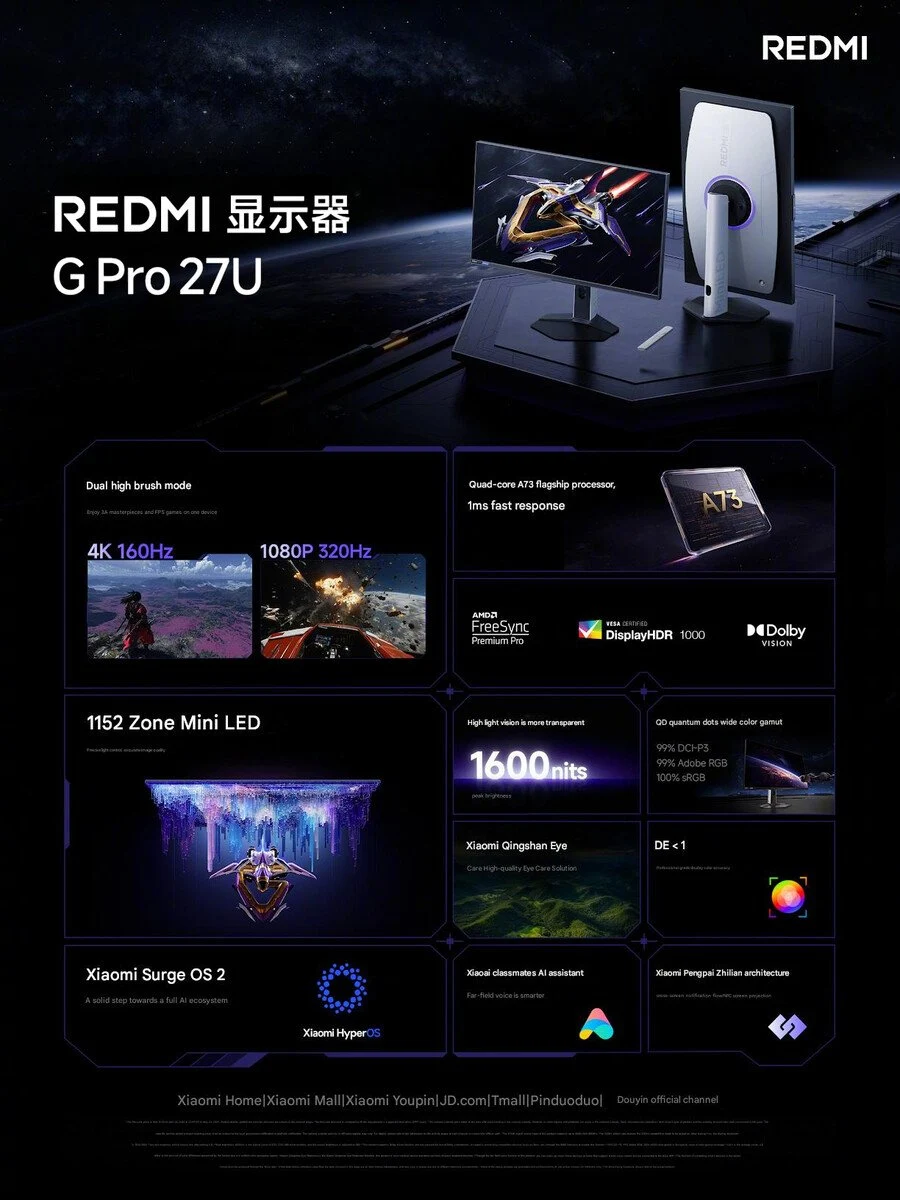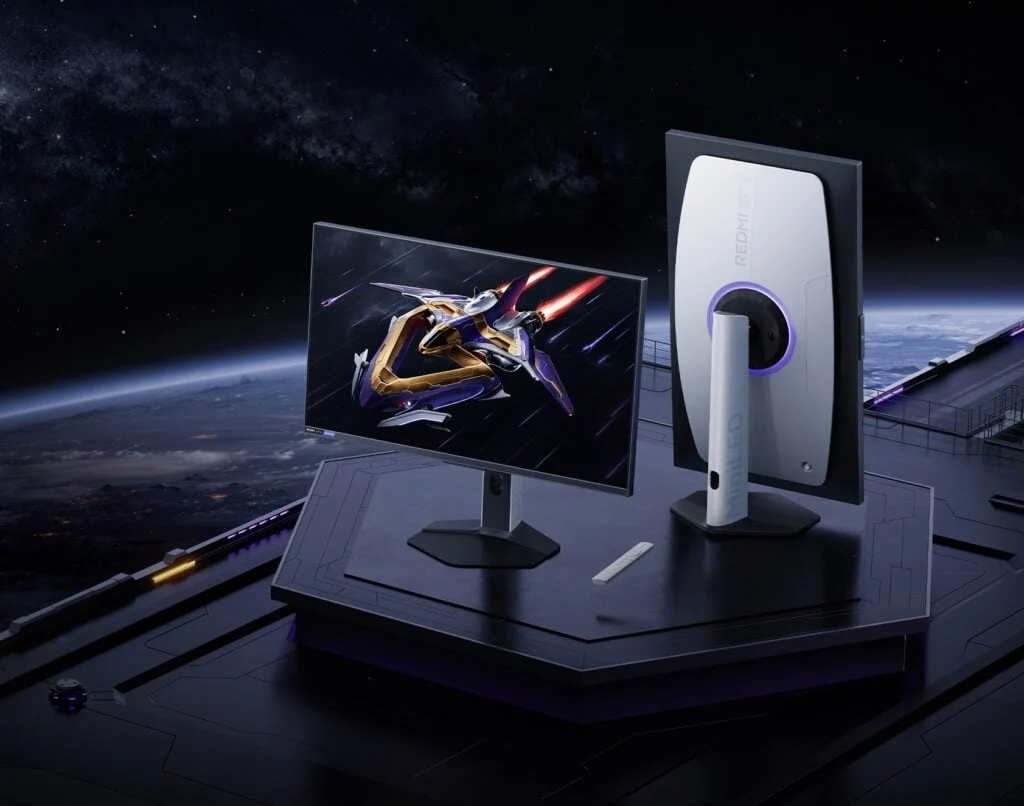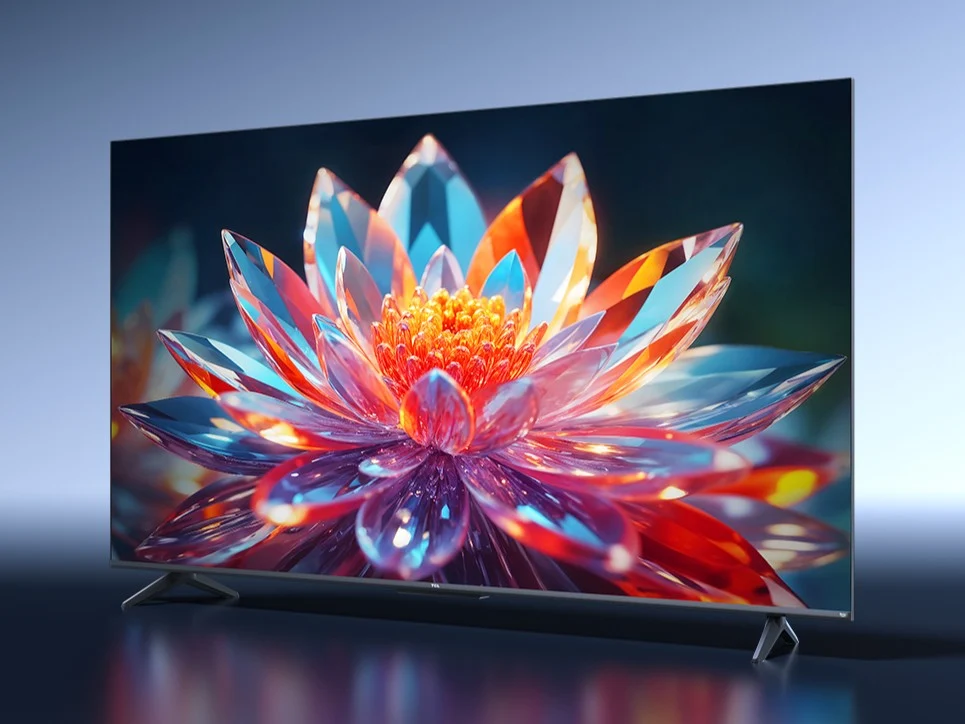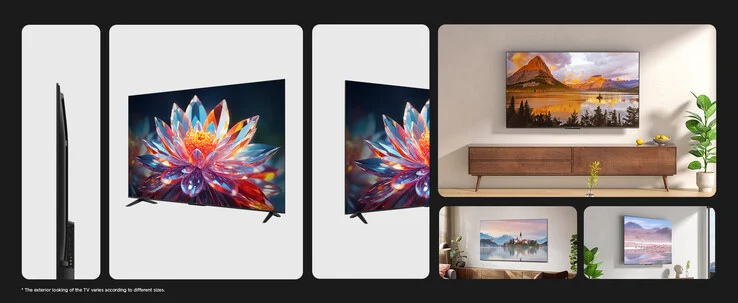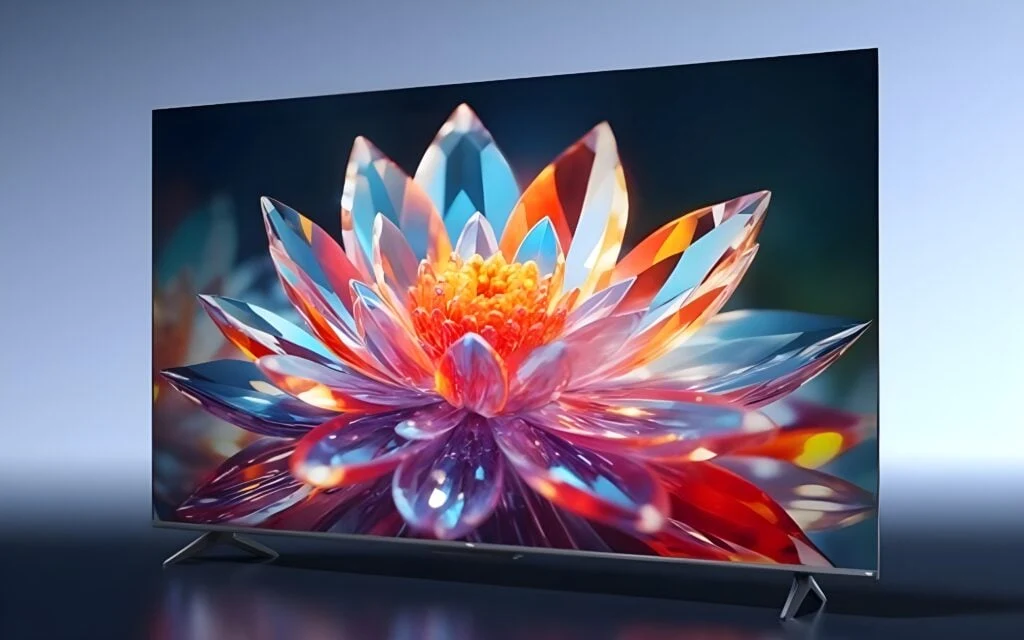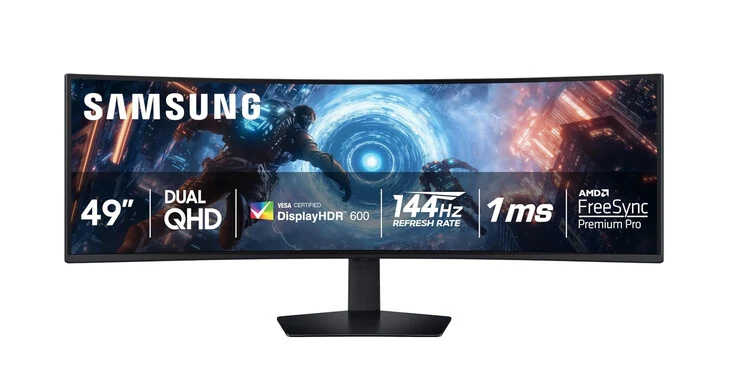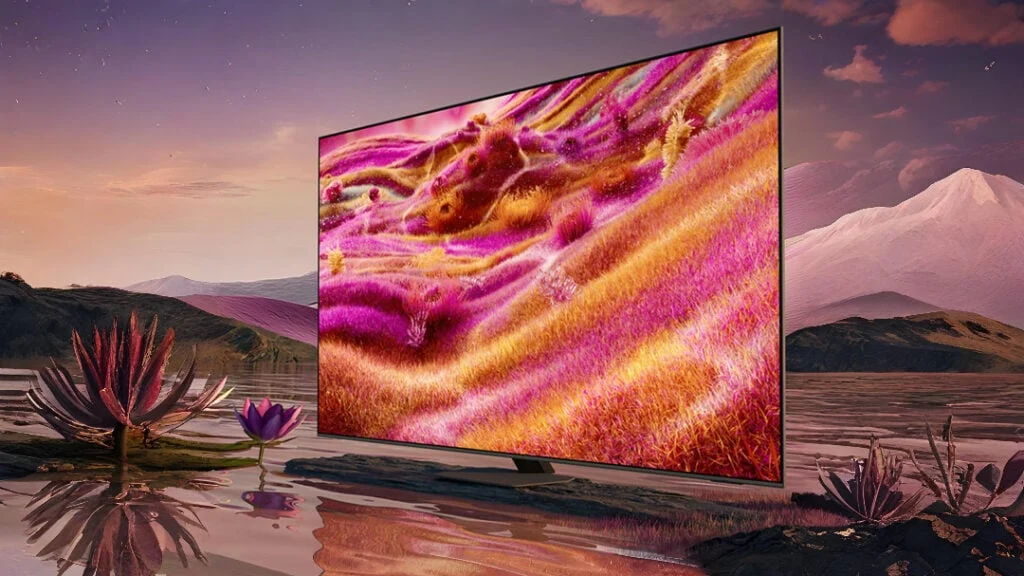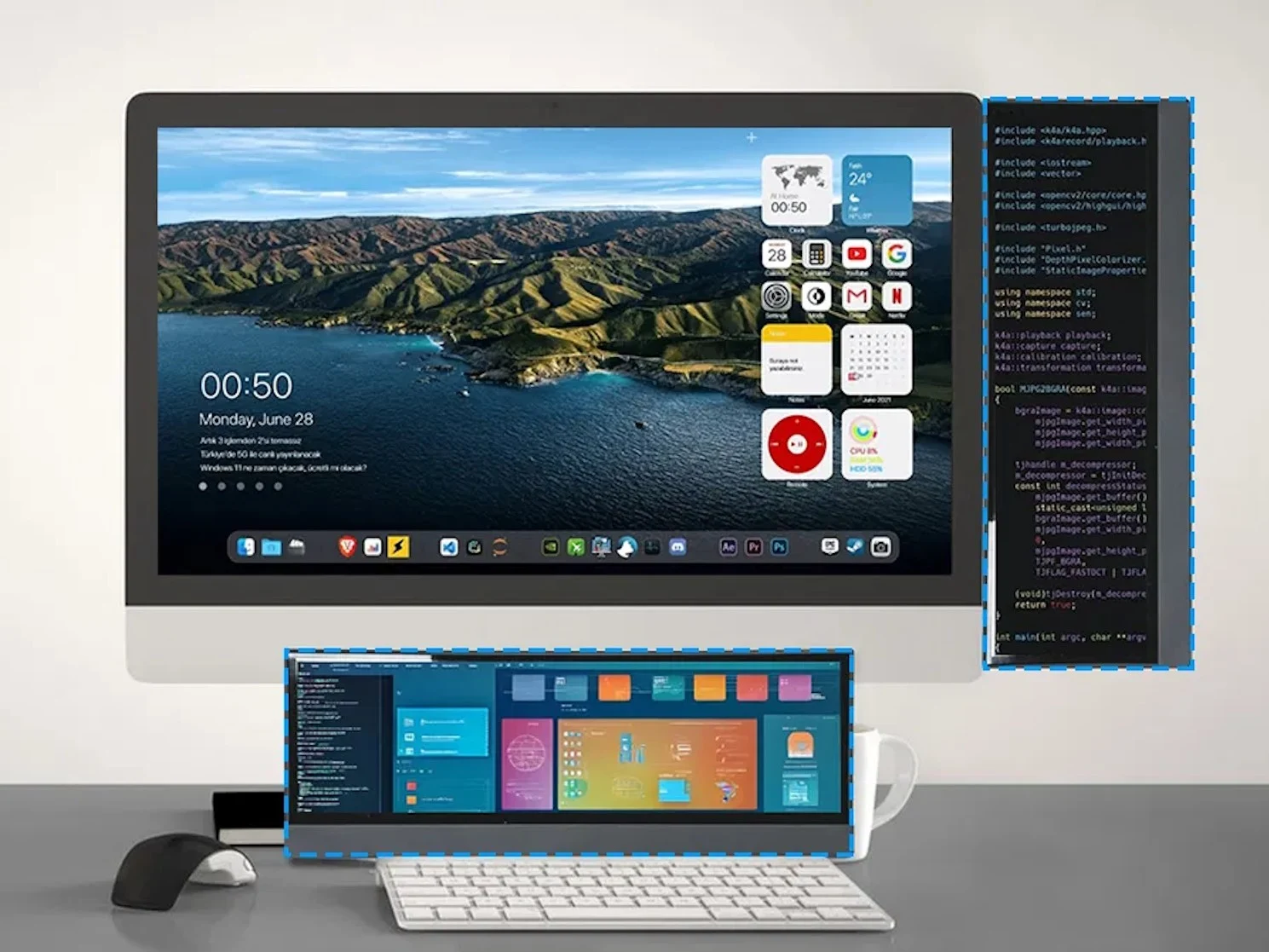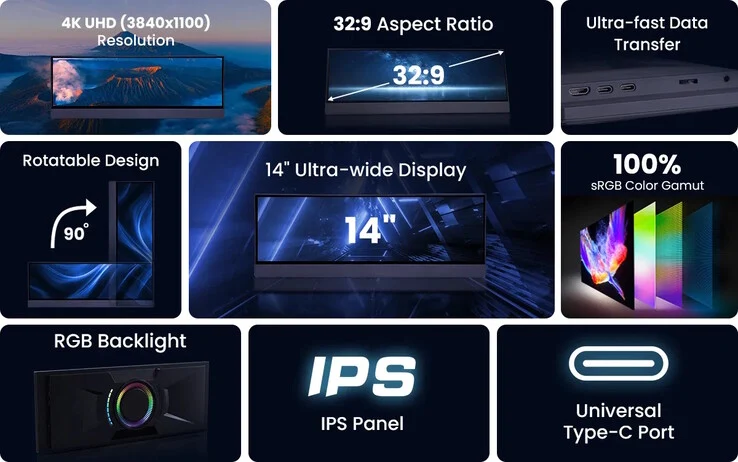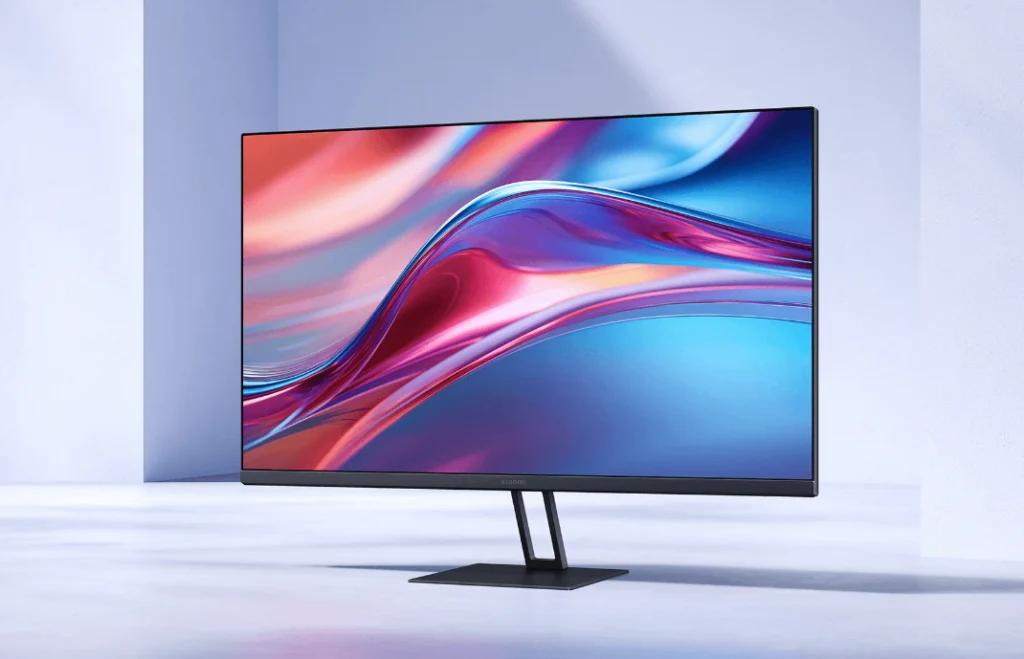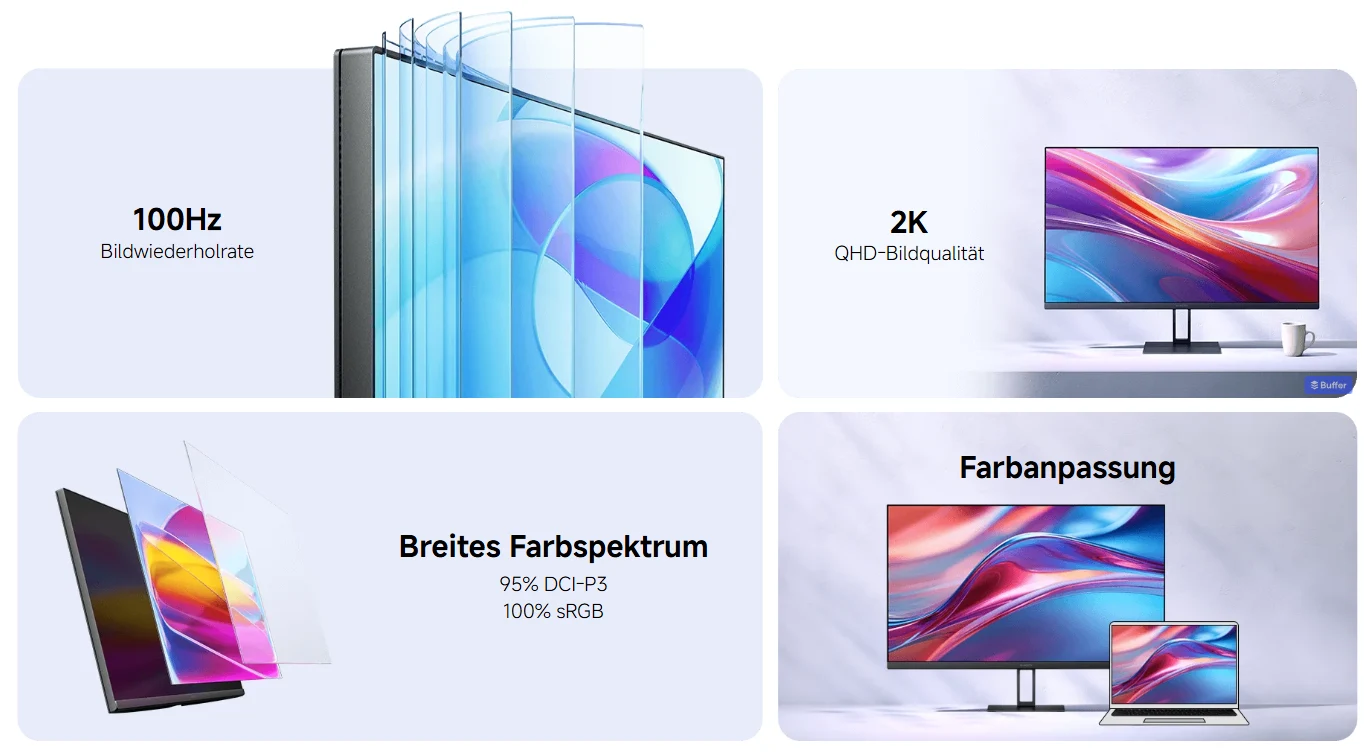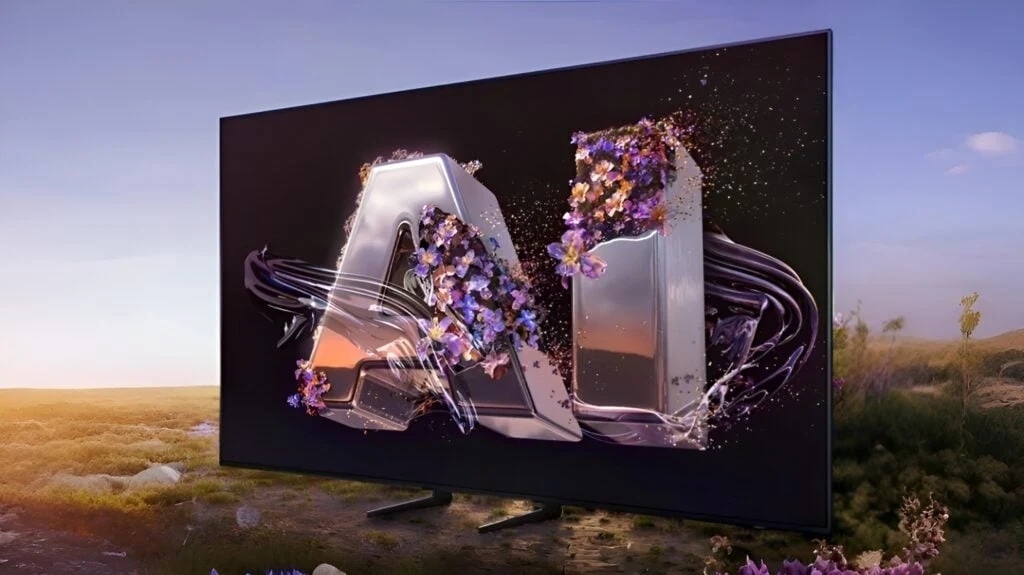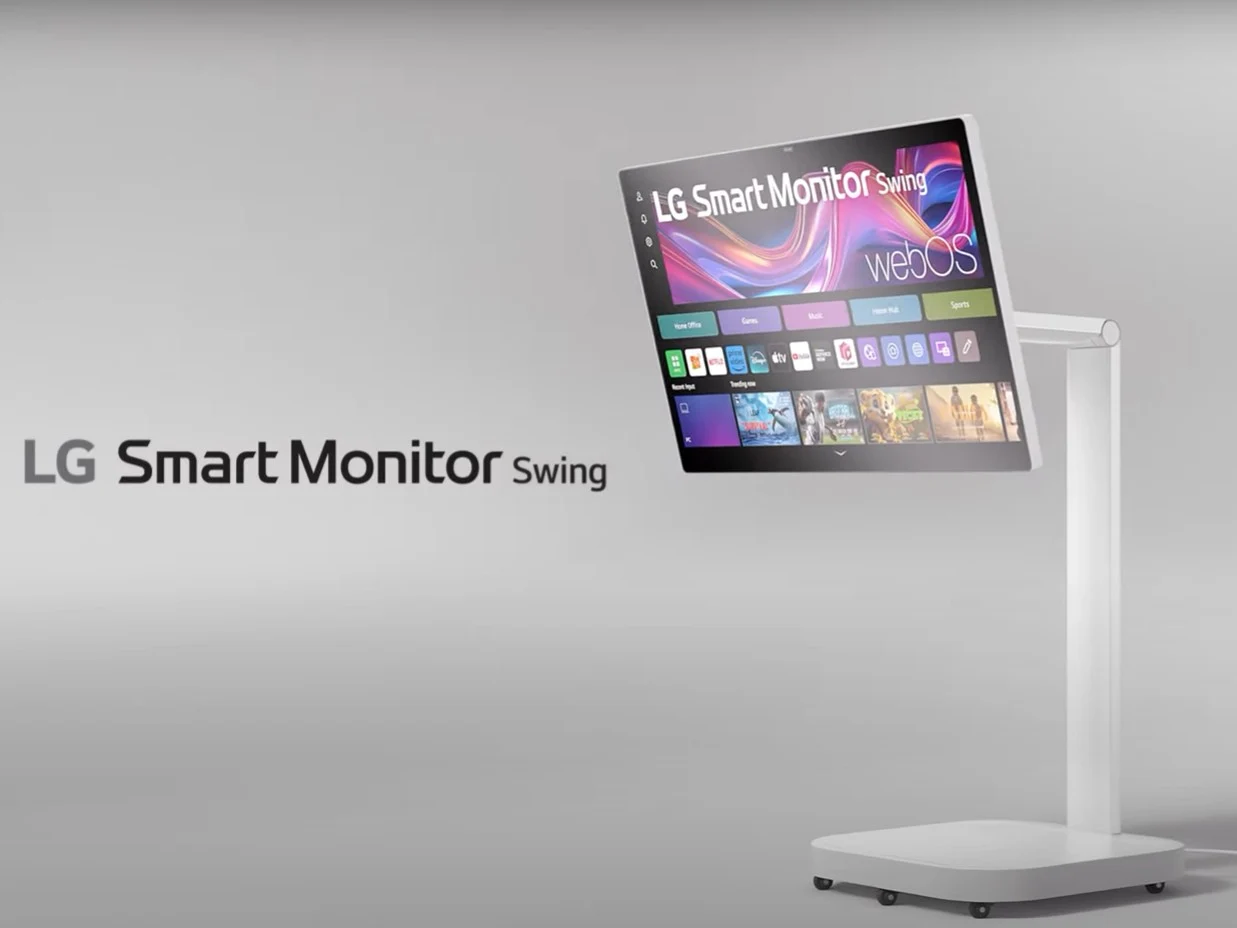Key Takeaways
1. Display Quality: The Redmi Monitor G Pro 27U features a 27-inch 4K UHD screen with a resolution of 3840 × 2160 pixels and a peak brightness of 1600 nits, utilizing Mini LED technology and quantum dot for vibrant colors.
2. Performance: It has a native refresh rate of 160Hz, which can be overclocked to 320Hz, making it suitable for high-end gaming experiences.
3. Color Accuracy: The monitor offers full sRGB coverage, 99% DCI-P3, and 99% Adobe RGB, with a factory-calibrated ΔE<1 for professional-level color precision.
4. Connectivity Options: It supports Wi-Fi 6, Bluetooth 5.2, multiple HDMI and USB ports, and wireless casting via AirPlay and Miracast.
5. Pricing and Warranty: Priced at CNY 2,699 (~$370) with a three-year warranty and a seven-day return policy, it marks a 35% increase from the previous year’s model.
Xiaomi has proudly introduced the Redmi Monitor G Pro 27U in China after unveiling it last week. This premium gaming monitor represents a substantial enhancement over its earlier version (Redmi Display G Pro 27 MiniLED), showcasing notable advancements in display quality, performance, and smart functionalities.
Features of the Redmi Monitor G Pro 27U
The Redmi G Pro 27U boasts a 27-inch 4K UHD screen, delivering a resolution of 3840 × 2160 pixels and a pixel density of 157 ppi. It has a native refresh rate of 160Hz, but can be pushed to an impressive 320Hz, ensuring seamless visuals ideal for high-end gaming experiences. The monitor achieves a peak brightness of 1600 nits and features 1152 Mini LED zones combined with QD quantum dot technology for vivid color output.
Color precision is a key highlight, with the monitor achieving full coverage of the sRGB spectrum, 99% DCI-P3, and 99% Adobe RGB. It offers a factory-calibrated ΔE<1, ensuring professional-level accuracy.
Internal Specifications
On the inside, the monitor is driven by a Cortex-A73 quad-core processor along with a G57 MC1 GPU. It includes 3GB of RAM and 32GB of internal storage, running Xiaomi’s HyperOS. For sound, it comes with dual 5W speakers, enhancing the overall multimedia experience.
Connectivity options are extensive. The monitor supports Wi-Fi 6 and Bluetooth 5.2, as well as two HDMI 2.1 ports, one DP 1.4 port that can handle 8K@60Hz output, one USB 3.0 port, and one USB 2.0 port. There’s also support for wireless casting through AirPlay and Miracast.
Physical Dimensions and Pricing
In terms of dimensions, the monitor measures 613.3mm x 364.5mm x 65.9mm without the stand and 613.3mm x 521.2mm x 227.3mm with the stand. The weight is 4.7kg without the stand and 6.8kg with it. Viewing angles can be adjusted horizontally from -35° to +35° and vertically from -5° to +20°. A 75x75mm VESA mount is provided for wall installation.
Xiaomi is backing the monitor with a three-year warranty and a seven-day hassle-free return policy. The price for the Redmi Monitor G Pro 27U is CNY 2,699 (~$370), representing a 35% rise from the previous year’s G Pro 27, which debuted at CNY 1,999 (~$274).
The global launch details are still not clear. The monitor has been released alongside the Redmi Turbo 4 Pro, which is the first smartphone powered by the Snapdragon 8s Gen 4 processor.
Source:
Link
